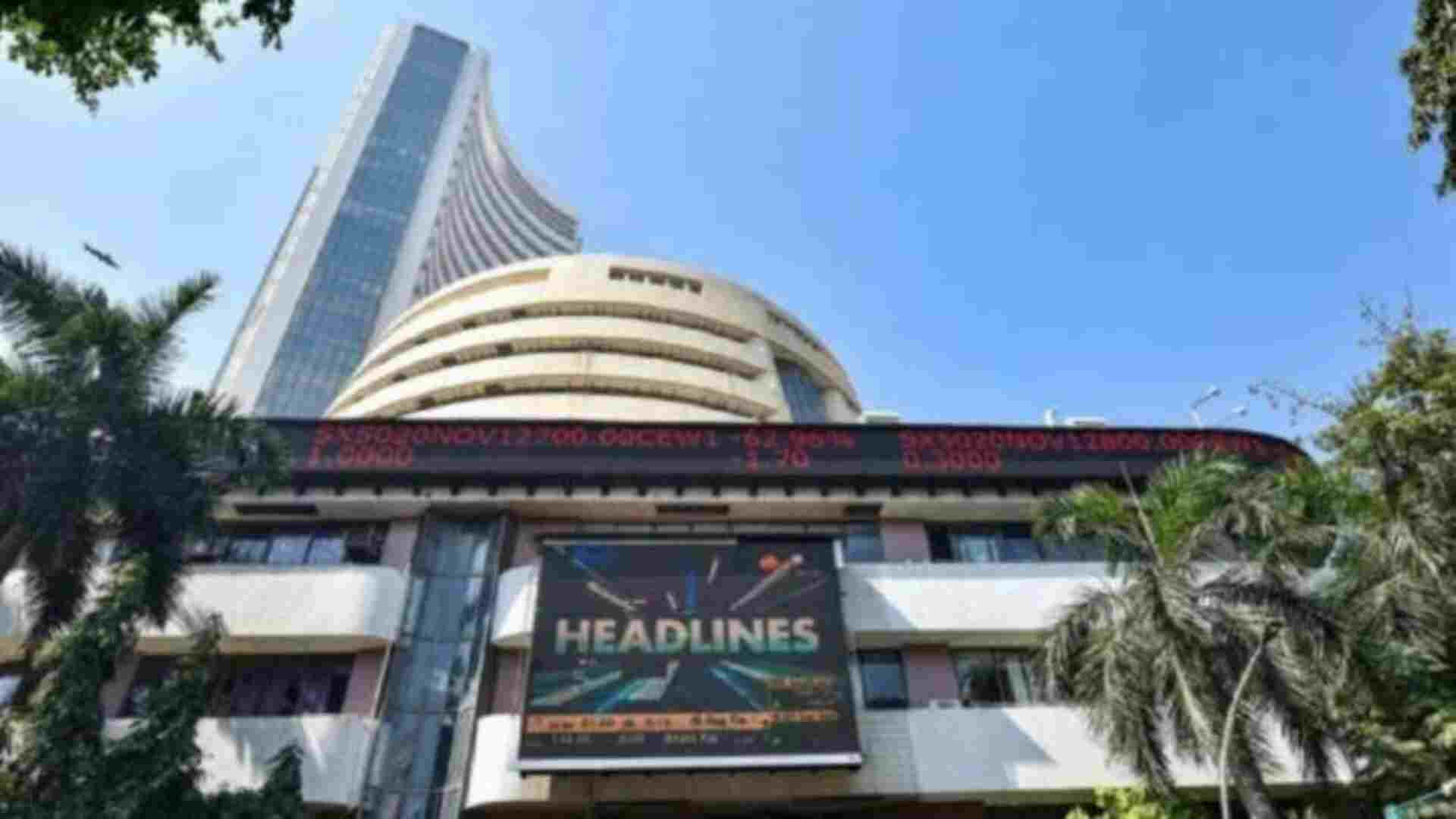The aviation industry has been growing rapidly since the election of the Narendra Modi-led government in India, reaching a peak in 2019, when the domestic air passenger traffic was 14.41 crores.
However, shortly afterwards the airline industry and aviation sector suffered a huge setback amid the global shutdown due to the COVID-19 pandemic.
Due to changing COVID-19 restrictions between 2020 and 2021, both international and domestic air travel suffered.
However, as restrictions eased globally in 2022, the sector has gradually been able to revive itself, with air traffic almost back to pre-pandemic levels in the 2022-23 financial year.
India is currently the third-largest domestic aviation market in the world and is expected to overtake the United Kingdom to become the third-largest air passenger market by 2024. Indian aviation contributes to a whopping five per cent of the country’s GDP and is responsible for creating around four million jobs. The industry has a US$ 72 billion gross value-added contribution to GDP and the domestic air traffic is growing continuously and is expected to reach 520 million passengers by 2037.
While private players are adding new routes and placing orders for new aircraft every day to keep up with the increasing demand, the government is also taking the initiative to improve domestic connectivity, including the construction of new airports, improving already existing airports, and attempting to make air travel more accessible and affordable for all.





